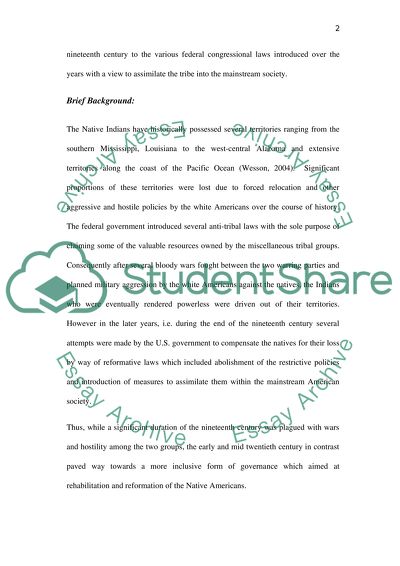Cite this document
(“American History 1865 to Present. Native Americans Essay”, n.d.)
Retrieved from https://studentshare.org/history/1478563-american-history-1865-to-present-native-americans
Retrieved from https://studentshare.org/history/1478563-american-history-1865-to-present-native-americans
(American History 1865 to Present. Native Americans Essay)
https://studentshare.org/history/1478563-american-history-1865-to-present-native-americans.
https://studentshare.org/history/1478563-american-history-1865-to-present-native-americans.
“American History 1865 to Present. Native Americans Essay”, n.d. https://studentshare.org/history/1478563-american-history-1865-to-present-native-americans.


